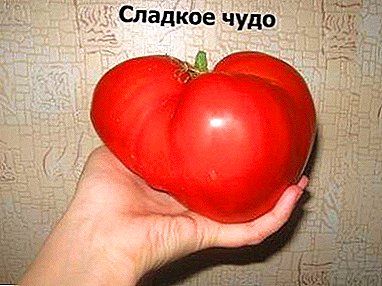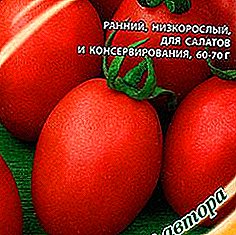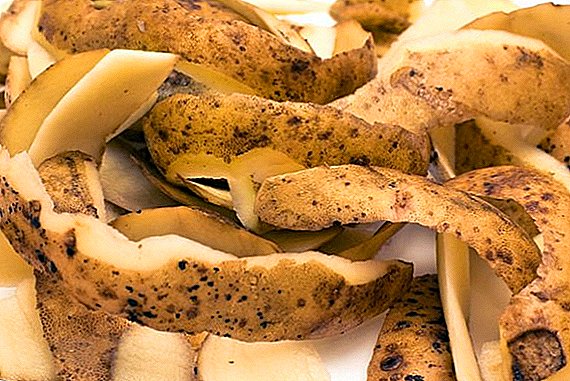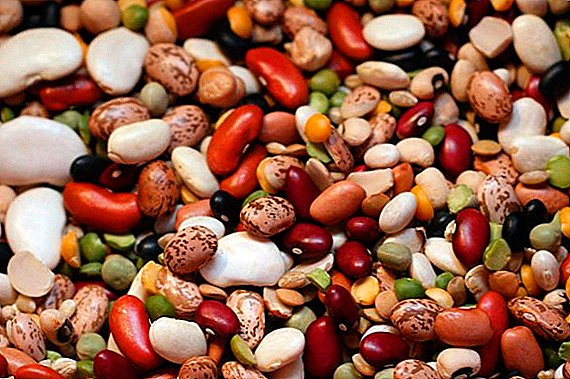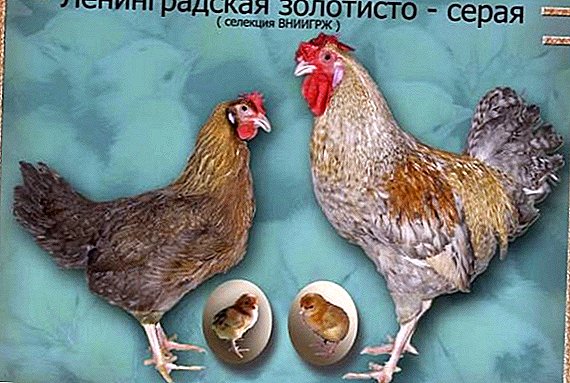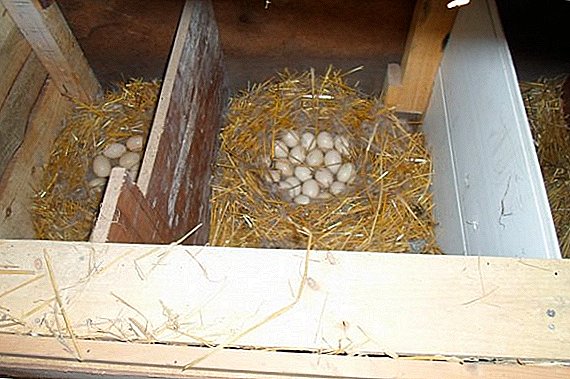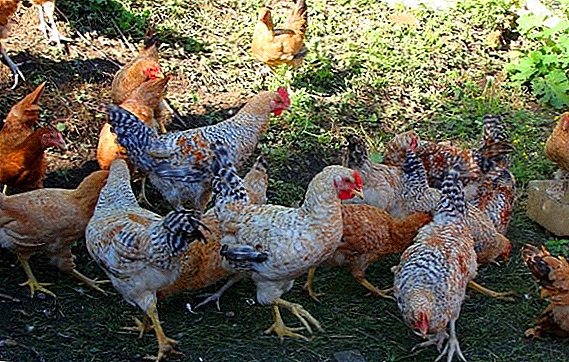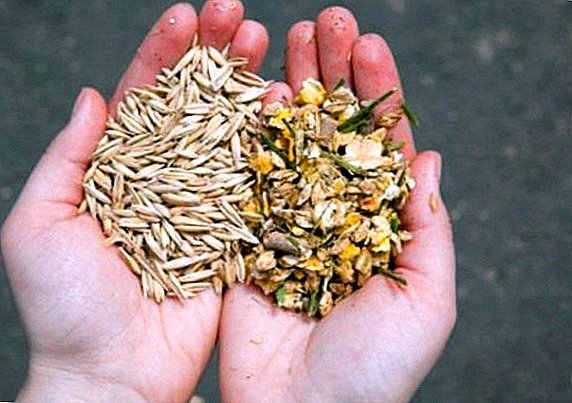 These microscopic organisms are capable of knocking a huge bull off the hooves. And not even these smallest creatures themselves, but even more microscopic discharge. Poisons produced by fungi cause fantastic harm to animals and humans. Suffice to say that in developing countries about 40% of all human and animal diseases are somehow related to the toxins produced by these microorganisms, so it is so important to know about this scourge as much as possible.
These microscopic organisms are capable of knocking a huge bull off the hooves. And not even these smallest creatures themselves, but even more microscopic discharge. Poisons produced by fungi cause fantastic harm to animals and humans. Suffice to say that in developing countries about 40% of all human and animal diseases are somehow related to the toxins produced by these microorganisms, so it is so important to know about this scourge as much as possible.
What are mycotoxins
Substances exhibiting obvious toxic properties, which are produced by microscopic mold fungi, and are mycotoxins. They are formed from a limited number of simple compounds by several types of chemical reactions at once, due to which they have a very diverse chemical structure.
Did you know? Mold is not a plant or an animal, or rather, both of them at the same time. Some scientists quite seriously believe that microscopic mushrooms have a peculiar mind.Scientists have already managed to establish more than three hundred types of mold, which account for the production of over four hundred poisonous substances. Penetrating into the human body either directly, or through meat and milk of animals, mycotoxins can cause a whole bunch of diseases, including cancer.

Mycotoxins
Almost any vegetable food is a carrier of mold spores. With the advent of favorable temperature conditions for their development, as well as with sufficient humidity, spores germinate. And in the presence of stress factors for fungi, expressed in temperature differences and exposure to chemicals, the microorganisms begin to produce toxic substances.
We advise you to read about how and how to properly feed geese, chickens, ducks, quails, musk ducks, pigeons and peacocks.
Experts have identified five main ways of the biological synthesis of mycotoxins, which are:
- polyketides responsible for the production of aflotoxins, ochratoxins, patulin, sterigmatocystin;
- terpenoid, promoting the synthesis of trichothecene mycotoxins;
- the tricarboxylic acid cycle responsible for the production of rubratoxins;
- amino acid stimulating the synthesis of ergoalkoloids, sporidesmin, cyclopiazonoic acid;
- mixed, combining several basic ways that are responsible for cycloridasonic acid.
 Practically any genus and type of microscopic mold fungi exudes its own personal bouquet of toxic substances.
Practically any genus and type of microscopic mold fungi exudes its own personal bouquet of toxic substances.As a result, their reproduction in animal feed leads to:
- a sharp decrease in nutritional value, the deterioration of its taste and aromatic properties;
- as a result of this process - the fall in the amount of food consumed by animals, the deterioration of the absorption of useful substances;
- reduction of endocrine and exocrine systems;
- lowering immunity.
Did you know? Microscopic fungi are not afraid of any great heat or the Arctic cold, or radiation, or even open space. Having been in space, mold spores have not lost their “germination”.Most affected by the poison of mold fungi are young animal and birds.

Currently, researchers divide mycotoxins into six main categories in the form:
- aflatoxins;
- trichothecin;
- fumonisins;
- zearalenone;
- ochratoxins;
- ergot alkaloids or ergot alkaloids.
Even negligible content of them can cause serious harm to animals and birds.
Learn more about what concentrated feed is.
Aflotoksin
Most often, this metabolite of mold fungi is found in feeds made from soybeans and maize and is among the most dangerous toxins of mold fungi.  It can lead to:
It can lead to:
- structural and functional disorders of the liver;
- damage to the hereditary apparatus of cells;
- oncological diseases;
- decrease the protective functions of the immune system;
- adverse effects on developing embryos.
Culinary and technological processing of this toxin practically does not affect it.
Read more about how to give bran to chickens, grass, live food, meat and bone meal, fish oil, yeast, and whether it is possible to give bread, salt, garlic and foam to chickens.
Deoxynivalenol
This mold fungus poison, also called DON and vomitoxin, is most commonly seen on wheat. It can also be found on corn and barley. The main symptoms of poisoning with this toxin are expressed in the rejection of food, diarrhea and vomiting. It is most dangerous for pigs, and for chickens, on the contrary, it is of low toxicity, since the microflora of the goiter of the bird mostly neutralizes it. 
Fumonisin
The fungus producing this toxin is most commonly found on corn. It exhibits pronounced carcinogenic properties. The most susceptible to the action of this toxin are pigs, in which the cardiovascular system is affected, pulmonary edema is caused, and the liver and pancreas are affected.
T2-toxin
The highest concentrations of this poison are found on wheat and corn. Chickens, ducks and pigs suffer the most. The poison affects the gastrointestinal tract, causing inflammation of its mucous membrane.
Important! The greatest danger of mold poison to humans is the lack of smell, taste and color, as well as its resistance to high and low temperatures.In addition, it has a negative effect on the red bone marrow, suppressing its function. In chickens poisoned with toxin, egg production falls and the egg shell becomes thinner.

Zearalenone
Most often this toxin can be found on grains and fruits:
- corn;
- rye;
- oats;
- wheat;
- sorghum;
- rice;
- nuts;
- bananas;
- amaranth;
- black pepper.
It will be useful for you to read about what is and why animals need premixes.
Almost all of this poison in the body of animals is converted to alpha zearalenone, which negatively affects the reproductive system of animals. But the body of ducks and chickens does not suffer from this poison, as it, penetrating into the bird's body, almost all is converted into a safe beta-zearalenone. 
Adsorbent
To reduce or eliminate the detrimental effect of mold poisons on cattle, pigs or poultry, experts have sought various substances and methods. Today, the most proven, effective and therefore common is the method of adsorption, that is, the absorption of toxins with specially adapted substances with a large specific surface.
There are already adsorbents in three generations:
- The first one includes mineral-based adsorbents, in which the aluminosilicates act as the active substance. The adsorbing qualities of mineral substances are determined by the interactions of the negatively charged surface of the adsorbent with the positive charge of the molecular “tails” of mycotoxins. These adsorbents rather actively bind light poisons in the form of aflotoxins, fumonisins, ceralenones, but do not cope well with the removal of heavy mycotoxins from the body. In order to improve their adsorbing characteristics, these agents require higher doses injected in animal feed, which negatively affects the content of vitamins and amino acids in the feed.
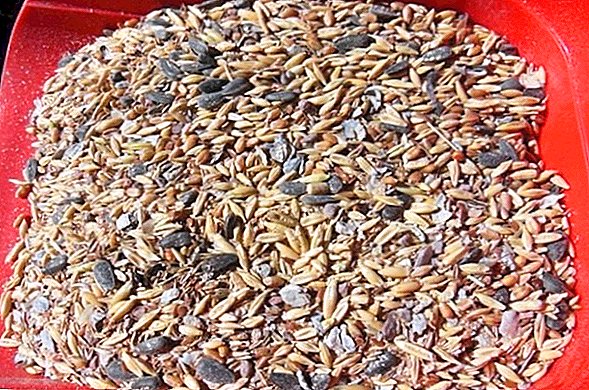 Therefore, these means of combating toxins are currently being used less and less. This type of adsorbent requires the introduction of 5-7 kilograms per ton of feed.
Therefore, these means of combating toxins are currently being used less and less. This type of adsorbent requires the introduction of 5-7 kilograms per ton of feed. - The second generation was adsorbents based on acid or enzymatic hydrolysis of organic matter and yeast cells. With the help of organopolymers, acting as the active substance of this type of sorbing agents, almost all mycotoxins can be extracted. However, the disadvantages of these funds should be attributed to their relatively high price, since their production requires high energy costs. Make these adsorbents in the amount of 1-2 kilograms per ton of feed.
- The third generation of these funds, which only recently began to be produced by industry, includes adsorbents, which include mineral and organic parts. The mineral part includes elements similar to the adsorbents of generation No. 1, to which silicon dioxide and calcium carbonate in their aqueous form are added.
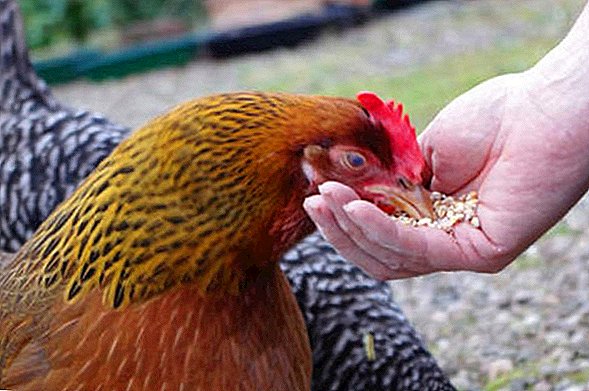 These substances have not yet received proper running in agriculture, and the price they have is quite high.
These substances have not yet received proper running in agriculture, and the price they have is quite high.
Important! Foodstuffs such as milk, eggs, meat or liver, as well as grains, mycotoxins are dangerous to humans as much as possible.
Of particular note are organic adsorbents from charcoal of wood origin. They have extremely effective sorbing qualities and a fairly low cost, but until recently their use was limited to the unpleasant quality in which they absorb useful vitamins and amino acids as intensively as harmful mycotoxins.
Everything changed when a method was developed for producing coal by the pyrolysis of oak wood, which makes it possible to obtain in the product a maximum of large pores that bind mycotoxins and a minimum of micropores that absorb small molecules of vitamins and medicines. 
Conclusion
Scientists began to deal with the problem of mycotoxins closely more than forty years ago. During this period, accumulated a solid stock of facts testifying to the damage caused by mold fungi to agriculture.
We recommend to read about how to cook with their own hands feed for chickens and adult birds, as well as for ducks.
It was for certain established that mycotoxicoses, explicitly or indirectly, but invariably actively affect:
- decrease in productivity of farm animals and birds;
- drop in recoil from used feed, affecting the final product;
- reproductive functions of animals and birds, significantly disturbing them;
- increase of material investments necessary for the treatment of animals and preventive measures;
- the effectiveness of vaccines and medicines, weakening them.

In addition, along with a decrease in productivity in livestock and poultry farming, mycotoxins directly or indirectly fall into livestock and poultry products, bringing with them a danger to human health.
Over forty years and a half, man not only realized the enormous harm these microscopic beings bring, but also gained some experience in effectively dealing with them. Mycotoxins are far from being defeated, but in well-established farms they are already curbed and are seriously inhibited.


 Therefore, these means of combating toxins are currently being used less and less. This type of adsorbent requires the introduction of 5-7 kilograms per ton of feed.
Therefore, these means of combating toxins are currently being used less and less. This type of adsorbent requires the introduction of 5-7 kilograms per ton of feed. These substances have not yet received proper running in agriculture, and the price they have is quite high.
These substances have not yet received proper running in agriculture, and the price they have is quite high.